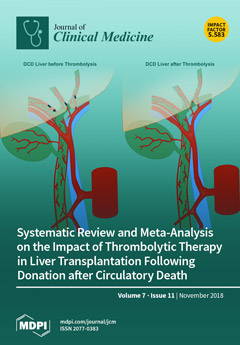Hypertrophic obstructive cardiomyopathy (HOCM) patients exhibit compromised peak exercise capacity (VO
2peak). Importantly, severely reduced VO
2peak is directly related to increased morbidity and mortality in these patients. Therefore, we sought to determine clinical predictors of VO
2peak in HOCM patients. HOCM patients who performed symptom-limited cardiopulmonary exercise testing between 1995 and 2016 were included for analysis. Peak VO
2 was reported as absolute peak VO
2, indexed to body weight and analyzed as quartiles, with quartile 1 representing the lowest VO
2peak. Step-wise regression models using demographic features and clinical and physiologic characteristics were created to determine predictors of HOCM patients with the lowest VO
2peak. We included 1177 HOCM patients (age: 53 ± 14 years; BMI: 24 ± 12 kg/m
2) with a VO
2peak of 18.0 ± 5.6 mL/kg/min. Significant univariate predictors of the lowest VO
2peak included age, female sex, New York Health Association (NYHA) class, BMI, left atrial volume index, E/e’, E/A, hemoglobin, N-terminal pro b-type natriuretic peptide (NT-proBNP), and a history of diabetes, hypertension, stroke, atrial fibrillation, or coronary artery disease. Independent predictors of the lowest VO
2peak included age (OR, CI: 1.03, 1.02–1.06;
p < 0.0001), women (4.66, 2.94–7.47;
p = 0.001), a history of diabetes (2.05, 1.17–3.60;
p = 0.01), BMI (0.94, 0.92–0.96;
p < 0.0001), left atrial volume index (1.07, 1.05–1.21;
p = 0.04), E/e’ (1.05, 1.01–1.08;
p = 0.004), hemoglobin (0.76, 0.65–0.88;
p = 0.0004), and NT-proBNP (1.72, 1.42–2.11;
p < 0.0001). These findings demonstrate that demographic factors (i.e., age and sex), comorbidities (e.g., diabetes and obesity), echocardiography indices, and biomarkers (e.g., hemoglobin and NT-proBNP) are predictive of severely compromised VO
2peak in HOCM patients.
Full article






